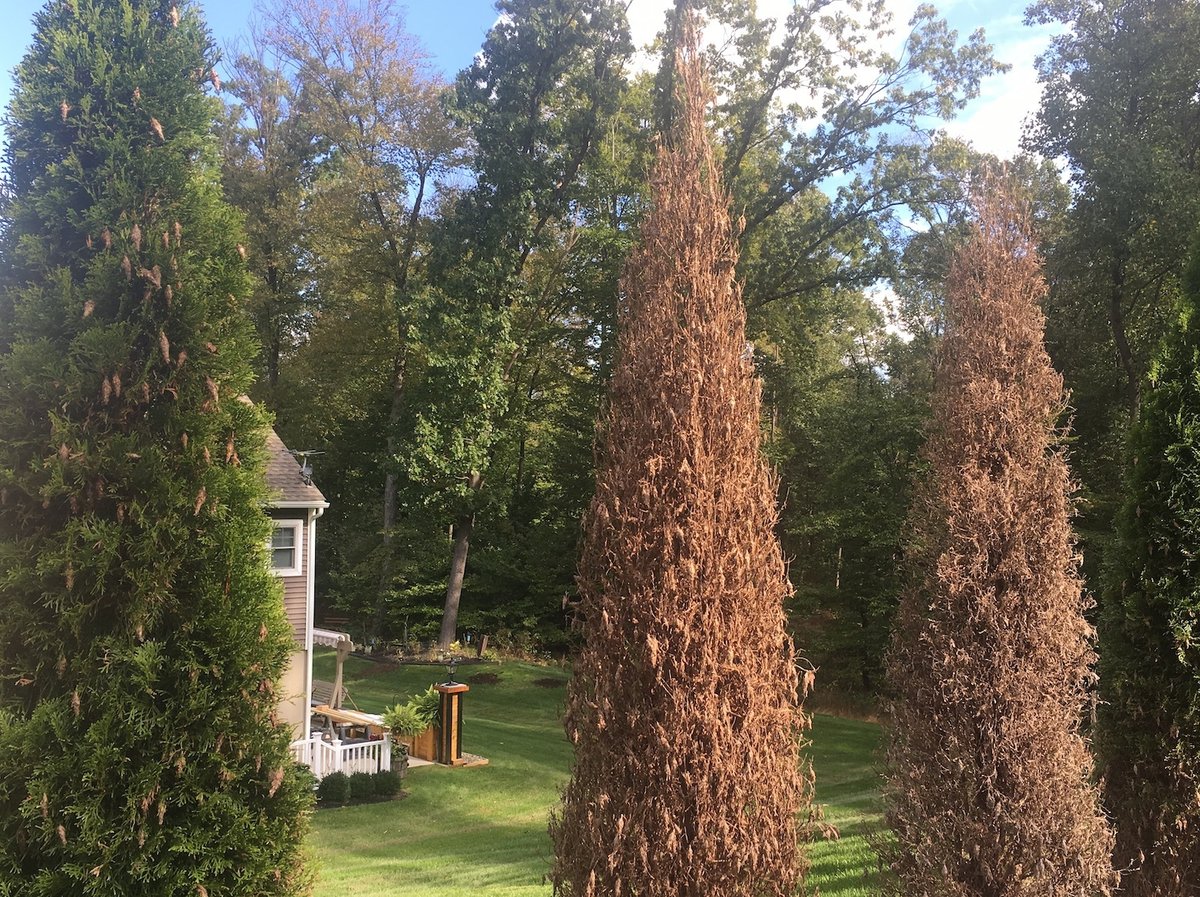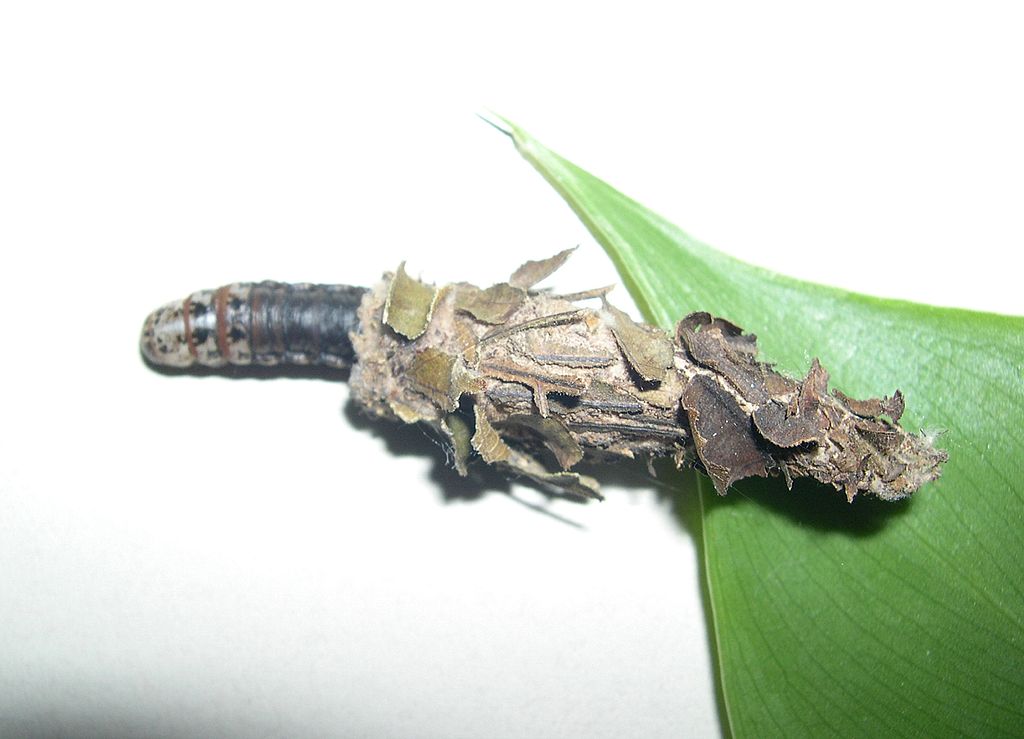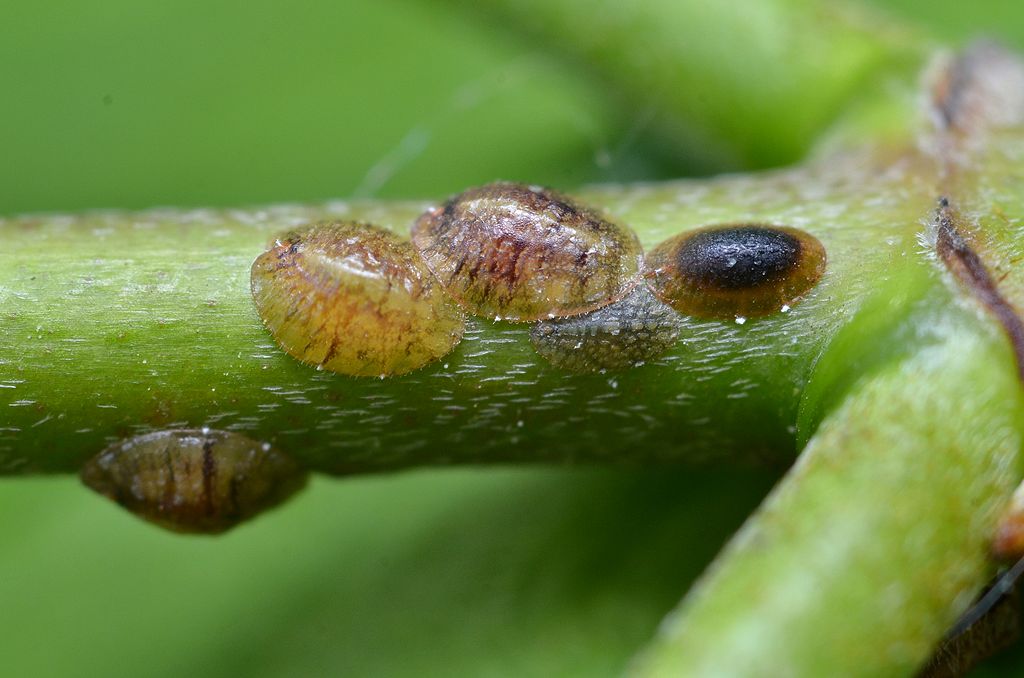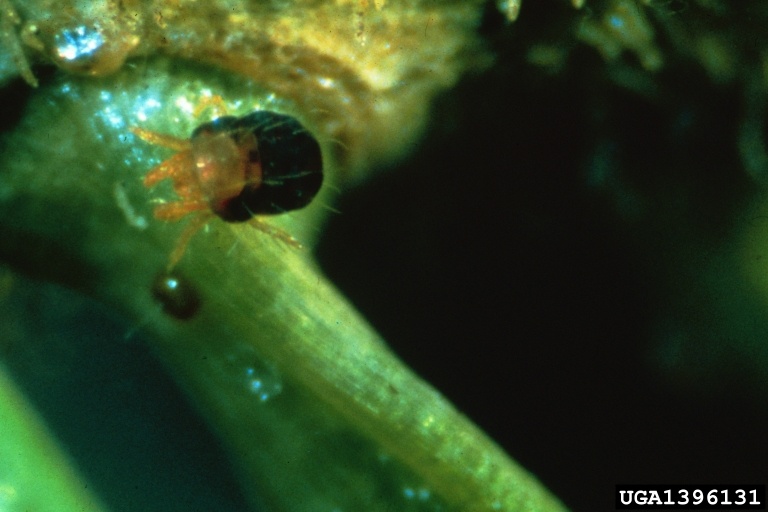Arborvitae is a common plant favorite, appreciated for its dense evergreen foliage. Homeowners often plant arborvitaes because they can create excellent privacy screens and also provide a nice backdrop for a variety of other plantings. There’s no doubt they are a valued part of the landscape.
Given their importance (and how different your landscape might look if you were to lose one or all of them), then you might be worried about common arborvitae problems.

Whether you have an arborvitae that is turning brown or one that is experiencing another issue, then you might be looking to understand more about arborvitae health. Even if your arborvitaes are currently fine, you might want to know how to prevent arborvitae health problems.
Common Arborvitae Problems
There are many different issues that can commonly plague these plants. Here are some of the most common ones to be on the lookout for.
1. Bagworms on Arborvitaes
You’re not the only one that loves your arborvitae! Unfortunately, bagworms are also quite fond of this plant. Because these larvae make their bags out of needles, bagworms can be difficult to spot until the bags turn brown, at which point, these pests have already been spending quite a bit of time chewing on your precious plants.

This pest overwinters as eggs inside last year’s bags. Females lay 500-1000 eggs in each bag during the previous fall which begin to hatch from late May through early June. Upon hatching, young larvae crawl out of the bag and start to feed. Killing bagworms can be done by hand-picking or cutting the bags from the infested plants before they hatch. However, this problem is often serious and your potential to miss bags is likely. Professional product applications during and after bagworm larvae hatch is recommended.
2. Arborvitae Scale Insects
Scale insects are a group of sap-feeding pests that use their piercing-sucking mouthparts to drain fluids from your plants. Fletcher scale is the most common variety found on arborvitae.

As scale sucks fluid out of your arborvitae, they may begin to turn yellow. Another telltale sign that your arborvitae problems are related to scale is if there is a sticky substance called “honeydew” that scale insects excrete.
Scale insects can persist for a large portion of the year with the damage getting more severe the longer it goes.
3. Mites on Arborvitae
Mites, specifically spider mites, are another common arborvitae problem. Though not actually classified as landscape insects (they are instead a type of arachnid), spider mites are a pest that can cause a lot of damage by feeding on your plants.

Because these mites are so tiny, they are difficult to detect. You may start to notice that your arborvitae is turning a dull green before you ever spot the actual mites. Mites can also leave very small webbing within its needles.
Mites are best treated with a specialized product that will specifically target them while not harming the beneficial mites that may also reside on your landscape and help by eating the “bad mites.” Multiple applications throughout the year is recommended for good control.
4. Arborvitae Malnutrition
Among the various arborvitae issues, a problem with malnutrition is usually harder to diagnose. Sometimes the arborvitae just loses some color and fertilizer could help.
However, if your arborvitae is turning brown (or is incredibly yellow), there could be something different going on—or it could simply be too late to turn things around.
Other Arborvitae Issues to Consider
Of course, these are just a handful of the potential problems that your arborvitae might be facing. Other potential problems might be too much or too little water, improper planting, winter burn, a soil contaminant, or something else altogether.
Some of these problems may not have a treatment solution. For instance, if the problem comes down to the fact that your arborvitae was planted in a poor location for its needs, it may never thrive. In the end, it might be best for you to replace the plant with something more suitable to the conditions.
It’s also important to recognize that oftentimes there may be more than one problem. No matter what the issue ends up being, the key is coming up with a proper diagnosis. This is where a professional will play such a critical role. Since different problems are going to require different courses of action, you want to be sure that your arborvitae problems have been properly identified before moving on to a solution.
How to Keep Arborvitae Healthy
When it comes to hedging your bet to not lose your arborvitae, prevention is worth its weight in gold. After all, if you can prevent some of these issues from ever even occurring, then you won’t have any reason to worry about your plants’ health.
A tree and shrub health care program can help ensure that your plants will better withstand common concerns like pests, disease, and environmental stressors. At Oasis Turf & Tree, we take a proactive approach to tree and shrub care. We are focused on preventing problems or catching them early when they do occur.
Don’t gamble with the health of your arborvitaes and the other plants on your property. By making the smart choice to protect your landscape, you’ll be able to feel confident your property will continue to look its best.
If you want to find out more about tree and shrub health care for your Cincinnati, Dayton, OH, or Northern Kentucky home, call us today at 513-697-9090 to get your quote, let us help you choose a stand-alone Plant Health Care program or bundle it with other valuable services, then sit back and relax knowing that your trees and shrubs are in good hands.
Image Sources: bagworm, scale insects, spider mite